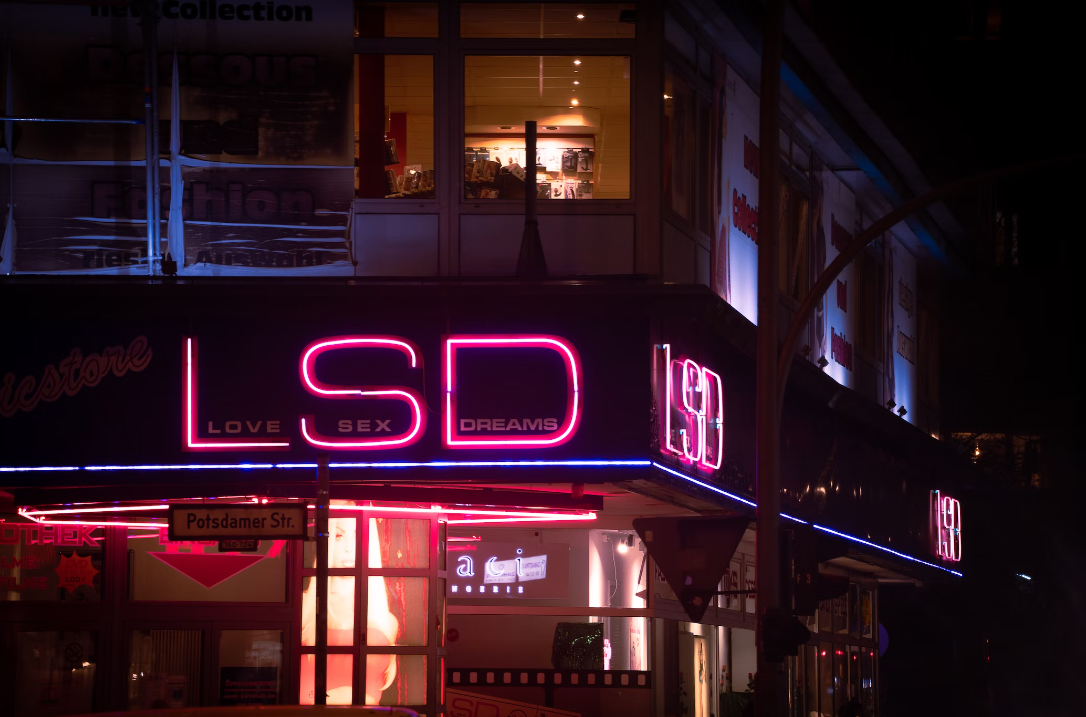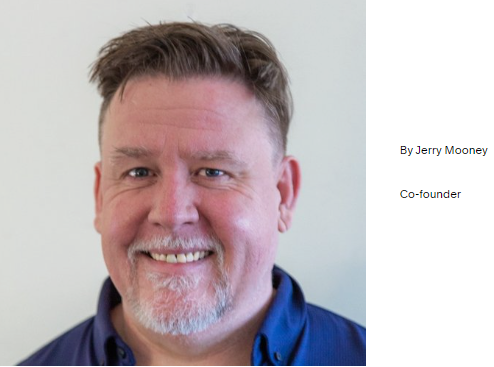The United States is not alone in its drug policy, but we and the rest of the world need to rethink our approach to drugs. Recent years have yielded some progress in that marijuana is now legal in the majority of states in some form or fashion (ahem, Idaho!). However, there is still much to change and learn. We tend to accept that people wanting to explore higher consciousness risk severe criminal prosecution. We spend little time trying to understand the potential value in certain substances and we ignore the harm in others. We’ve allowed ourselves to be hypnotized into thinking that drugs like LSD and fentanyl belong in the same conversation. They don’t. Drugs like LSD don’t have lobbyist, like pharmaceuticals, so reversing their legality is a longshot.
LSD suffered the same ostracization that “woke culture” is now experiencing. And it makes sense in a way, because using psychedelics is definitely a method for becoming “woke”. This author doesn’t use the term pejoratively, however. What could be better than awakening in a world full of sleepwalkers who are just fine with destroying the planet, letting our children murder each other with assault rifles and prescribing medications to numb us to this nightmare? Yes, I’ll choose woke.
LSD (Lysergic acid diethylamide) is a powerful hallucinogenic drug that was first synthesized by Swiss chemist Albert Hofmann in 1938. The creation of LSD was a result of Hofmann's work on synthesizing the active compounds in ergot, a fungus that grows on rye and other grains.
Hofmann was working for the pharmaceutical company Sandoz (now Novartis) at the time, and his goal was to synthesize compounds that could be used as vasoconstrictors or drugs that constrict blood vessels. In the course of his work, he synthesized lysergic acid, a compound found in ergot that had been known for many years to have psychoactive properties.
Hofmann was intrigued by the possibility of using lysergic acid as a psychiatric drug, and decided to synthesize a more potent derivative of the compound. He created LSD by combining lysergic acid with diethylamine, a common laboratory reagent, and isolating the resulting compound.
Initially, Hofmann was not aware of the hallucinogenic properties of LSD, and it was only later, while testing the drug on himself, that he discovered its powerful effects. On April 19, 1943, Hofmann inadvertently ingested a small amount of LSD and experienced vivid hallucinations and altered perceptions that lasted for several hours.
Following the discovery of its psychoactive effects, Sandoz began to distribute LSD to researchers and psychiatrists for use in clinical trials. The drug was initially used in psychotherapy to treat a range of psychiatric disorders, including depression, anxiety, and alcoholism.
However, LSD soon became popular outside of clinical settings, and its recreational use grew rapidly in the 1960s and 1970s, particularly among young people seeking new forms of consciousness exploration. The drug's popularity was fueled by its association with the counterculture movement, and LSD was often used in the context of musical performances, art exhibits, and other cultural events.
Despite its initial promise as a therapeutic tool, LSD was eventually banned in many countries due to concerns about its safety and potential for abuse. Today, LSD is classified as a Schedule I drug in the United States, meaning it is considered to have a high potential for abuse and no accepted medical use.
Although it is considered to have a high potential for abuse, there is virtually no evidence of that. What is known is that it isn’t an effective “truth serum” like sodium pentothal, but it provided a truth of sorts, but not one useful in interrogations. In fact, it is the truth that is revealed that puts it in the naughty category because the truth it reveals is that of the woke.



